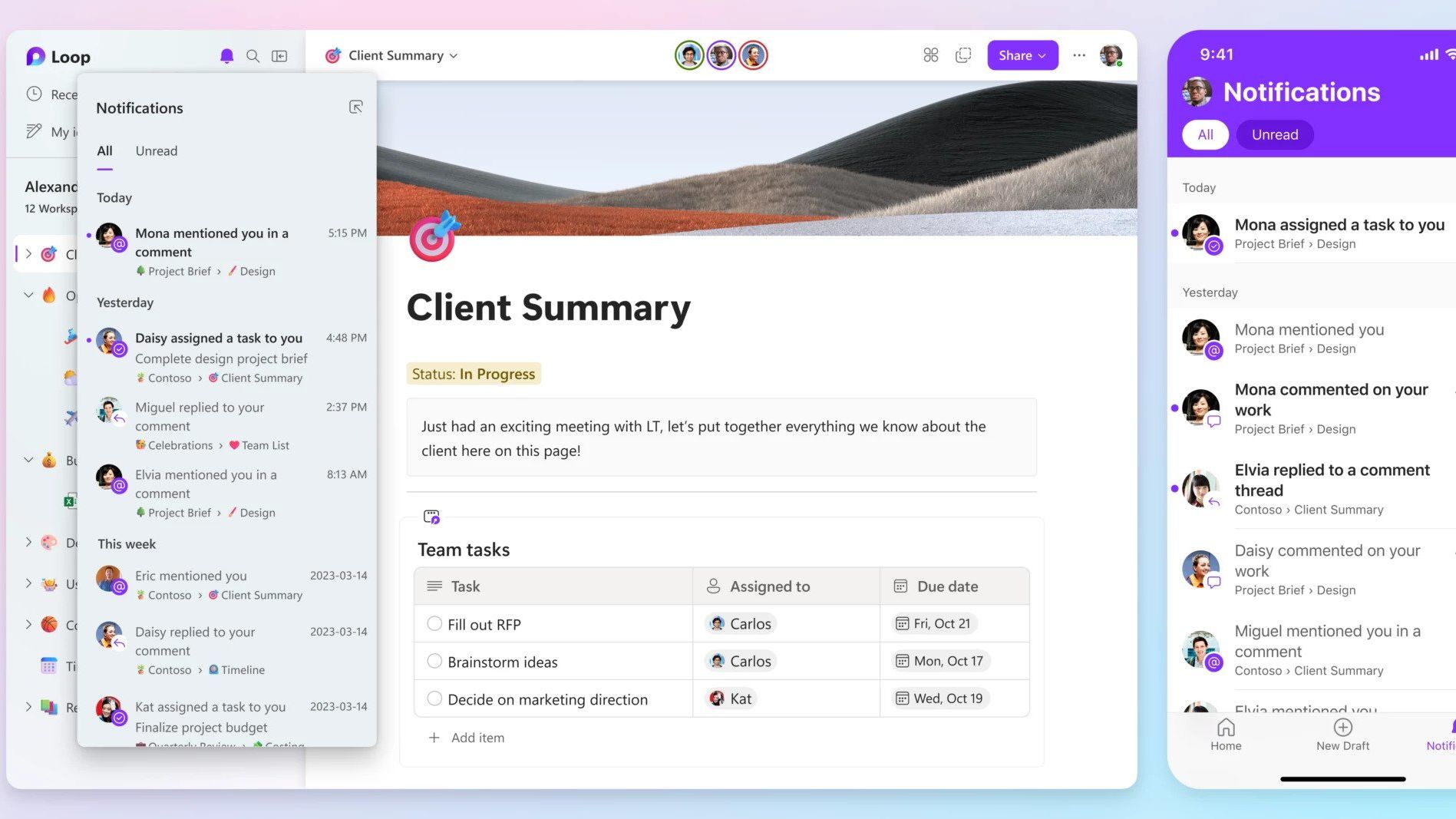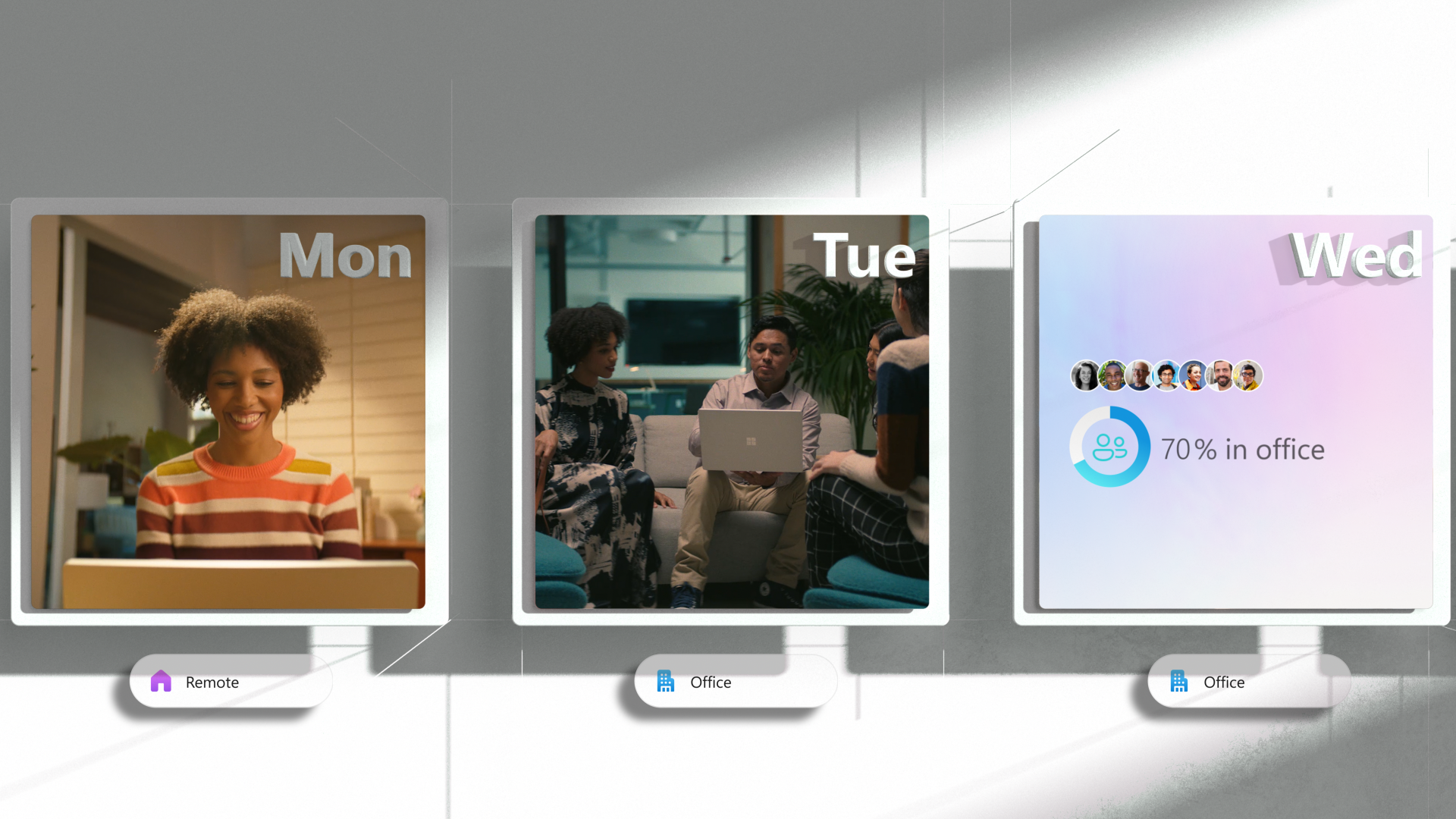What role does video conferencing play in the business world?
We explain why you should be using a video conferencing solution fit for business and how to choose which to buy


At a time when remote networking is becoming more common and businesses are expanding globally to take advantage of new business opportunities, video conferencing is a top tool to keep in touch without having to travel the length and breadth of the globe for meetings.
Not only does it ensure you can all talk in real time, a video conferencing tool will also make conversations more intimate as if all participants are in the same room as you.
But how do you decide which video conferencing tool is right for you? We explain the benefits of using video conferencing rather than standard call conferencing and how to choose one.
The benefits of business video conferencing
The most obvious advantage of using video conferencing in your company is that you can limit the travel demands of your team, saving costs and hopefully, giving them more time to concentrate on the important aspects of business rather than commuting to meetings.
Video conferencing can also boost motivation and productivity of your team as they can concentrate better on what's being said rather than during a phone call, where it's likely attention could wander.
Because you can see the faces of your colleagues, clients or potential partners during a video conference, you are able to better understand facial expressions and body language to work out how those you're talking to are feeling about the conversation, ensuring there are fewer misunderstandings and business will run more smoothly.
Key considerations for business video conferencing success
First, you'll need to decide the reasoning behind buying a video conferencing tool and your specific requirements - there's no point investing heavily if you don't need the full suite of services a particular option will offer.
Get the ITPro daily newsletter
Sign up today and you will receive a free copy of our Future Focus 2025 report - the leading guidance on AI, cybersecurity and other IT challenges as per 700+ senior executives
For example, if it's to hold a huge conference with the entire business situated around the globe, you'll need a high capacity service that allows you to add as many people as possible to the call without losing any quality or suffering latency. If you just want to hold one-to-one meetings, you can opt for a simpler (often free) video conferencing tool that supports fewer participants, while not having to worry about bandwidth.
As you'll likely be video conferencing with people outside of the office, ensure your video conferencing option is easy to use, because you won't be there in person to explain how to use it. How to make the call, join a call or launch a presentation/screenshare must be simple and straightforward.
Another consideration is whether you need to share a screen, share documents or give a presentation during the conference and if you do, it's worth ensuring these features are easy to access while on a call. App integration support is also key, especially if you'll be sharing files while connected.
If those you are connecting with are remote, you may need to choose a mobile-supported video conferencing solution too, enabling anyone to join, wherever they may be, with the same support as if everyone were on a desktop.
The final consideration should be to think about the future - is it likely your requirements will change? If so, keep these in mind and make sure the option you choose offers the scalability your require.
Picture: Bigstock

Clare is the founder of Blue Cactus Digital, a digital marketing company that helps ethical and sustainability-focused businesses grow their customer base.
Prior to becoming a marketer, Clare was a journalist, working at a range of mobile device-focused outlets including Know Your Mobile before moving into freelance life.
As a freelance writer, she drew on her expertise in mobility to write features and guides for ITPro, as well as regularly writing news stories on a wide range of topics.
-
 Cleo attack victim list grows as Hertz confirms customer data stolen
Cleo attack victim list grows as Hertz confirms customer data stolenNews Hertz has confirmed it suffered a data breach as a result of the Cleo zero-day vulnerability in late 2024, with the car rental giant warning that customer data was stolen.
By Ross Kelly
-
 Lateral moves in tech: Why leaders should support employee mobility
Lateral moves in tech: Why leaders should support employee mobilityIn-depth Encouraging staff to switch roles can have long-term benefits for skills in the tech sector
By Keri Allan
-
 New Microsoft Teams features for business users
New Microsoft Teams features for business usersIn-depth All the latest Microsoft Teams features after the platform is given a redesign, complete with an AI-powered assistant and a faster engine
By Danny Bradbury
-
 Microsoft Teams now allows SMBs to collect payments in meetings
Microsoft Teams now allows SMBs to collect payments in meetingsNews With the help of PayPal, Stripe, and GoDaddy, the Microsoft Teams Payments app offers in-meeting payment requests
By Connor Jones
-
 Microsoft launches collaboration platform Loop, its answer to Notion
Microsoft launches collaboration platform Loop, its answer to NotionNews Greater collaboration tools are coming to the Microsoft 365 suite, aiming to help teams work together without having to jump between different apps
By Zach Marzouk
-
 Meta Quest Pro preview: Meet Meta's 'laptop killer'
Meta Quest Pro preview: Meet Meta's 'laptop killer'Opinion We go hands-on with the Meta Quest Pro, as the firm banks on turning hardware preferences upside down
By Bobby Hellard
-
 Microsoft launches Places, includes GPS-style navigation to help find meeting rooms
Microsoft launches Places, includes GPS-style navigation to help find meeting roomsNews The new app built specifically for organisations adopting a permanent hybrid work model brings new features to manage people and the workplace itself
By Connor Jones
-
 The IT Pro Podcast: Enabling bilingual business
The IT Pro Podcast: Enabling bilingual businessIT Pro Podcast How Wales is using digital tech to deliver a greater choice of languages
By IT Pro
-
 Podcast transcript: Enabling bilingual business
Podcast transcript: Enabling bilingual businessIT Pro Podcast Read the full transcript for this episode of the IT Pro Podcast
By IT Pro
-

 Qnap KoiBox-100W review: An intriguing alternative
Qnap KoiBox-100W review: An intriguing alternativeReviews A versatile and affordable videoconferencing solution with great wireless screen presentation features
By Dave Mitchell